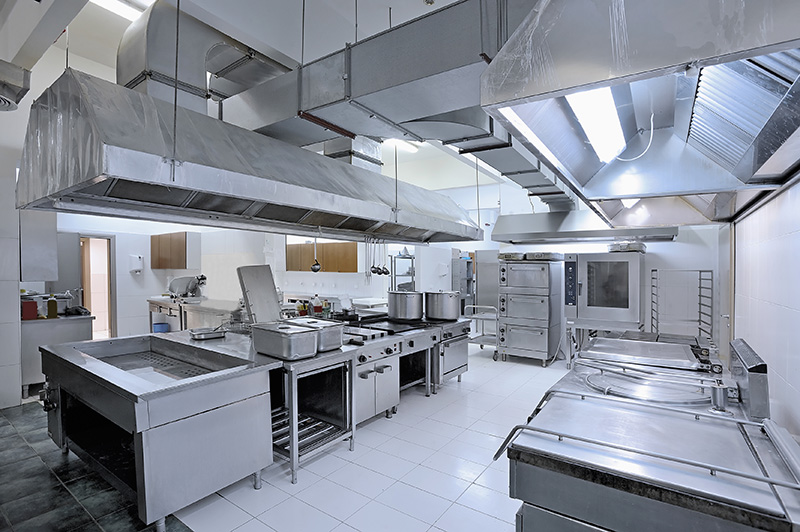
Air Handling Units: A Comprehensive Guide by Fanturk
In the realm of indoor climate control and ventilation, the term “air handling unit” is a fundamental concept that plays a vital role in maintaining optimal indoor air quality and comfort. Fanturk is dedicated to unraveling the intricacies of air handling units and shedding light on their significance in creating healthy and pleasant indoor environments. This article will delve into what an air handling unit is, how it functions, and its essential components.
What is an Air Handling Unit?
An air handling unit (AHU) is a critical component of HVAC systems designed to condition and distribute air within a building. It’s responsible for the effective exchange, filtration, and distribution of air to ensure a balanced indoor environment. Air handling units are crucial in maintaining comfortable temperature levels, humidity control, and providing fresh, clean air.
Key Components of an Air Handling Unit
- Air Intake and Filtering: Air handling units draw in outside air through filters, removing particles, dust, allergens, and contaminants. This process ensures that the air supplied to the building is of high quality and free from pollutants.
- Heating and Cooling Elements: AHUs are equipped with heating and cooling components, such as coils or heat exchangers. These elements modify the temperature of the incoming air to achieve the desired indoor climate.
- Humidification and Dehumidification: AHUs have the capability to adjust humidity levels by adding moisture or removing excess humidity from the air, ensuring optimal comfort and preventing issues like mold growth.
- Mixing Air: In certain cases, air handling units may mix outside air with recirculated air to achieve the desired temperature and humidity levels, maximizing energy efficiency.
- Fans and Blowers: Fans or blowers are integral to an AHU, as they facilitate air movement throughout the system. They help distribute conditioned air to various areas within the building.
- Control Systems: Advanced control systems monitor and regulate the operation of the air handling unit, allowing for precise adjustment of airflow, temperature, and humidity.
Benefits of an Air Handling Unit
- Improved Indoor Air Quality: Air handling units contribute significantly to indoor air quality by filtering out pollutants and contaminants, ensuring occupants breathe clean and fresh air.
- Efficient Energy Use: Properly designed and maintained AHUs enhance energy efficiency by ensuring the right amount of air is delivered at the appropriate temperature and humidity.
- Temperature and Humidity Control: AHUs play a key role in maintaining consistent and comfortable indoor temperature and humidity levels, creating a pleasant environment for occupants.
- Ventilation Management: Air handling units facilitate proper ventilation by supplying fresh outdoor air and exhausting stale indoor air, promoting a healthier indoor atmosphere.
- Customization and Flexibility: AHUs can be customized to fit the specific needs of different buildings and applications, ensuring optimal performance and comfort.
How Does an Air Handling Unit Work?
Air handling units operate through a systematic process that ensures indoor air quality and comfort:
- Air Intake and Filtration: Outside air is drawn in through filters, where contaminants and particles are removed, ensuring clean air supply.
- Temperature and Humidity Adjustment: The air is then passed through heating or cooling elements, which adjust the temperature and humidity levels based on set parameters.
- Air Mixing: Depending on the desired indoor conditions, a mix of outdoor air and recirculated air may be blended to achieve the optimal temperature and humidity.
- Air Distribution: Fans or blowers circulate the conditioned air through ductwork, delivering it to various areas of the building.
- Humidity Control: If necessary, humidification or dehumidification processes may be employed to maintain the desired humidity levels.
Conclusion
Air handling units serve as the silent architects of indoor comfort, diligently working behind the scenes to ensure that the air we breathe is clean, comfortable, and conducive to health and wellbeing. Fanturk recognizes the pivotal role of air handling units in creating environments that promote productivity, relaxation, and overall quality of life. By seamlessly managing air exchange, temperature, and humidity, air handling units contribute to a harmonious indoor experience that aligns with the needs and preferences of occupants. Whether it’s a bustling commercial space or a cozy residential setting, air handling units from Fanturk make a significant impact in delivering the ultimate indoor comfort and serenity.
